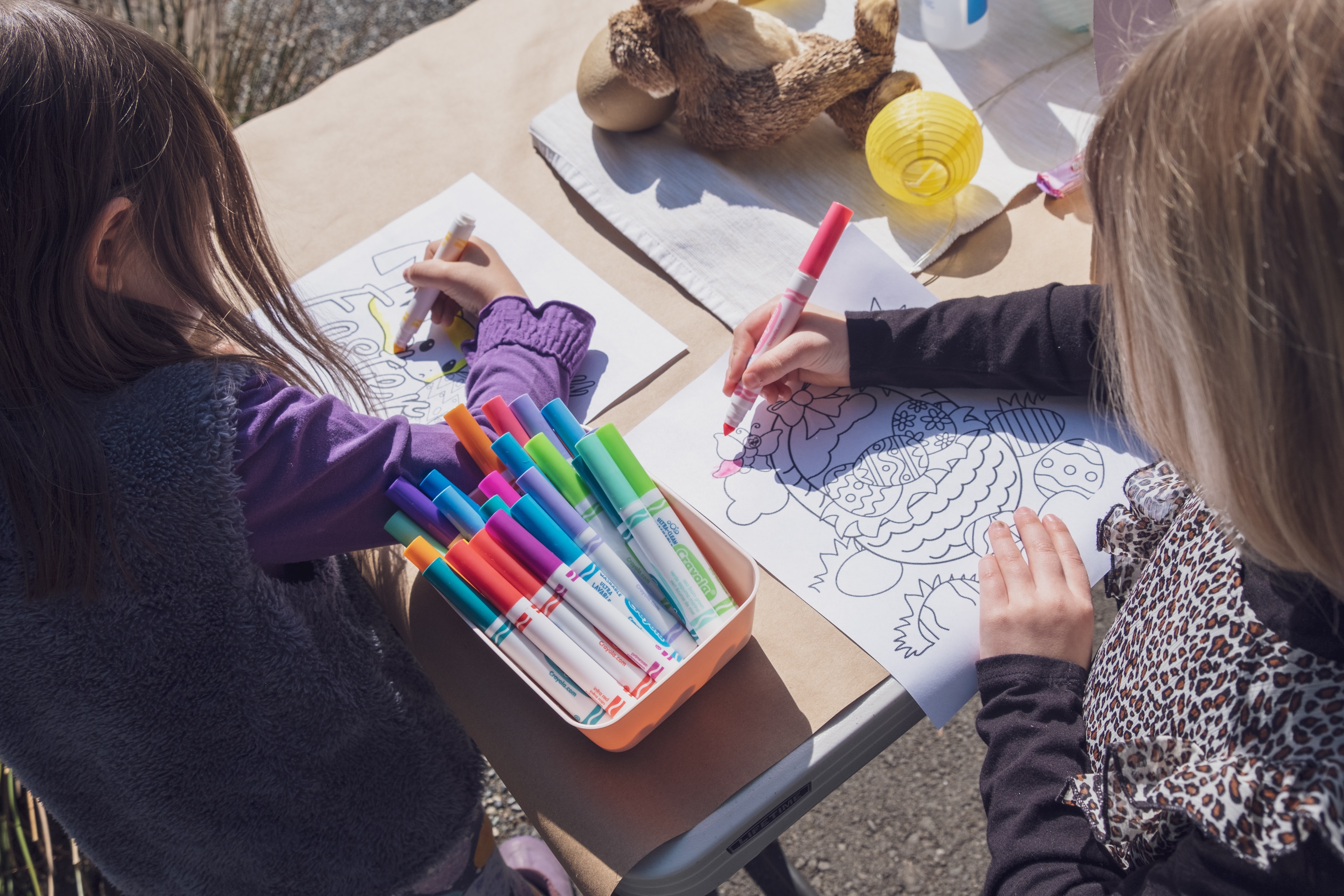Key takeaways
- Learn about the four facets of school culture.
- Explore the positive impact a thriving school culture can make on a students experience.
Schools are not merely places of education; they are vibrant communities that shape the minds and hearts of young learners. The culture that permeates a school’s halls has a profound impact on how students learn, grow, and develop. A positive school culture fosters a sense of belonging, encourages curiosity, and promotes academic excellence. Conversely, a negative school culture can stifle motivation, create a hostile environment, and hinder student progress.
A positive school culture can be defined broadly to include four distinct yet interconnected aspects: physical, intellectual, social, and emotional.

The Four Facets of School Culture
Physical Culture: The physical environment of the school plays a crucial role in shaping student perceptions and attitudes. Spacious classrooms, well-maintained facilities, and inviting common areas contribute to a positive learning environment. Research shows that the physical aspects of school culture can affect student achievement, motivation, and well-being.
Intellectual Culture: The intellectual culture encompasses the school’s academic rigor, the quality of instruction, and the emphasis on critical thinking and problem-solving. A stimulating intellectual culture ignites student curiosity and fosters a love of learning. According to Dr. Kent Peterson, a professor emeritus at the University of Wisconsin-Madison, intellectual culture is one of the key elements of creating positive and successful schools.
Social Culture: The social culture reflects the interactions and relationships among students, teachers, and staff. A positive social culture promotes respect, empathy, and a sense of community, fostering a supportive and inclusive environment. Social culture also influences student engagement, behavior, and identity development. One way to enhance the social culture of a school is to use Satchel Pulse, a tool that helps measure and improve student and staff well-being, engagement, and social-emotional learning.
Emotional Culture: The emotional culture refers to the feelings and emotions that pervade the school atmosphere. A positive emotional culture creates a safe and caring environment where students and staff can express themselves freely and constructively.
A negative emotional culture, on the other hand, can lead to stress, anxiety, and burnout.
Emotional culture can be improved by implementing strategies such as mindfulness, gratitude, and positive feedback.
The Positive Impact of a Thriving School Culture
Enhanced Motivation and Engagement: Students who feel valued, respected, and supported in their learning are more likely to be motivated and engaged in their studies. A positive school culture fosters a sense of belonging, purpose, and community among students and staff. According to a study by Dr. Kent Peterson, a professor emeritus at the University of Wisconsin-Madison, a positive school culture can increase student engagement by 20%.
Improved Academic Achievement: A positive school culture fosters a growth mindset, encouraging students to persevere through challenges and reach their full potential. Research shows that the physical, intellectual, social, and emotional aspects of school culture can affect student achievement, motivation, and well-being.
Reduced Absenteeism and Dropout Rates: Student attendance and retention are also influenced by the school culture. A positive school culture creates a safe and caring environment where students and staff can express themselves freely and constructively. A negative school culture, on the other hand, can lead to stress, anxiety, and burnout.

A study by Matthew Ohlson, an associate professor at the University of North Florida, found that as teacher collaboration increased, student suspensions decreased by 6.709%.
Cultivating a Positive School Culture
Creating and maintaining a positive school culture requires a concerted effort from school leaders, teachers, students, and parents.
School Leaders Set the Tone
School leaders play a pivotal role in establishing a clear vision and setting high expectations for school culture. They must actively promote positive values, foster open communication, and provide support for teachers and staff. School leaders can also implement positive behavior support systems, celebrate diversity and inclusion, invest in professional development and support for staff, and promote student voice and engagement.
Teachers Nurture the Environment
Teachers are the frontline champions of a positive school culture. They create engaging learning environments, foster respect and inclusivity, and provide personalized support to students. Teachers can also model positive behaviors, build strong relationships with students and colleagues, and participate in collaborative learning communities. By creating a positive classroom culture, teachers can enhance student motivation, engagement, and achievement.
Unlocking teacher potential: The transformative power of effective mentorship
Together, we can transform school cultures into vibrant and supportive learning environments that empower all students to thrive.
Author: CJ Amiel
Posted: 22 Nov 2023
Estimated time to read: 4 mins